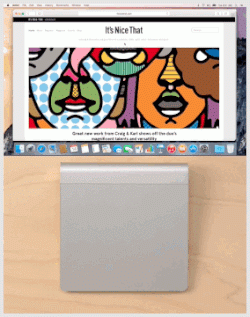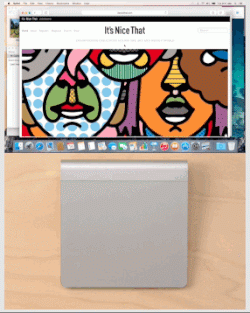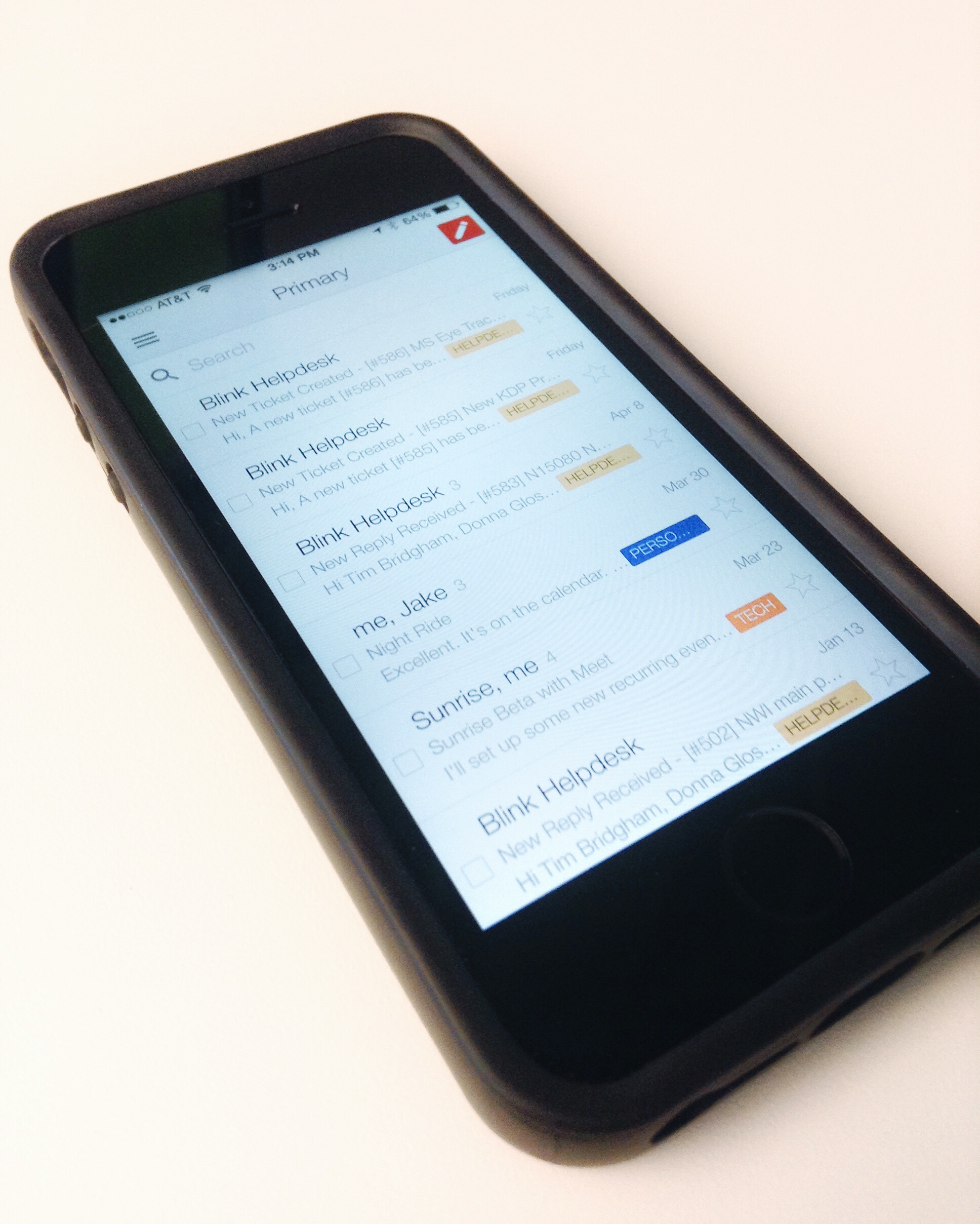Over the past five years I’ve supported users with their technology questions, either as an IT professional or “that techie friend,” and one constant that remains is the usefulness of a universal user experience. Maintaining a consistent design, feel, and set of interactions across devices is at the heart of universal user experience. Think of accessing your bank via an ATM, a website, and a mobile app. The more closer correlated the experiences are at each of these places the better. This is so important in today’s culture of multiple devices and the desire to seamlessly shift between those devices.
Among the many upsides of universal user experiences, I’d like to showcase two practical examples that demonstrate the following benefits: improved user efficiency and decreased learning time for users.
My first example? The implementation of the Apple external trackpad over the mouse.
In 2010 Apple introduced the Magic Trackpad by essentially pulling the multi-touch trackpad out of its notebooks and setting it next to your external keyboard. Like most, I initially didn’t see the advantage of this over the well-established mouse, but since more and more multi-touch gestures have been added to OS X, the scales have tipped toward the trackpad. Learning the many gestures, which are conveniently shown in the trackpad’s system preferences, enables a user to take full advantage of all the operating system’s features. But when that user goes to an external mouse he or she must learn an additional set of gestures (that in my opinion are cumbersome to do on the mouse compared to the trackpad). Using the external trackpad is a natural extension of what the user already knows therefore eliminating extra learning time or confusion.
Apple's Magic Trackpad gestures for Launchpad, Mission Control, and Show Desktop.
My second example is the use of the Gmail web app over many alternative mail apps. This really breaks down into two parts: the experience of email on a computer and, closely related, the experience across devices.
I’ve been a Gmail user for close to ten years and I’ve always accessed my email via the web. Over the years Google has made incremental enhancements to the web experience and this is one reason I feel it is an improvement to traditional mail apps. Instead of infrequent, new application launches with large sweeping changes that can take time to find and learn, Gmail is able to roll out its new features with much more regularity. Additionally these new releases don’t cost the user any money and can often be turned off or tweaked to his or her liking.
Another reason I feel Gmail is superior to stand-alone mail apps is the fact your experience with Gmail doesn’t change from computer to computer. If you’re on a friend’s computer or at the library and need to access your email, the experience on the web is always the same. An Apple Mail user, for instance, would need to take time to learn how Gmail on the web works.
For several years while using my iPhone I found many pain points (lack of label and a very slow search to name a few) using the built-in Mail app to access my email. While I was able to use the basic functions of Mail, I was missing all the added features (again, labels and more recently, inbox categories) and the overall look and feel I was accustomed to in Gmail. In late 2011 Gmail came to iOS and brought its familiar look and feel as well of many of its best features. I made the move to the Gmail app about 18 months ago and I’d recommend the same move to every Gmail user. Again, it will help improve user efficiency and eliminate the need to learn multiple systems.
The similar design an interactions of Gmail's web app and iOS app allow for easy transition between devices.
These two examples of designing good experiences that transition between devices show that technology can be a benefit and not a hindrance to users. I know many more examples of universal user experience exist and I’m always on the lookout for more. Have you seen examples of universal user experience? Leave a comment or email me at uxpursuit@gmail.com.





